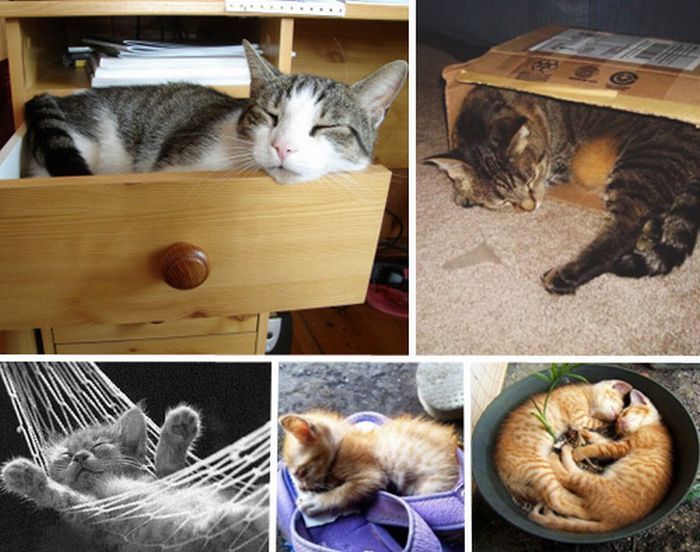|
|
Hiding Cat
|
Impact on birds
The domestic cat is probably a significant predator of birds. Current UK assessments indicate that they may be accountable for an estimated 64.8 million bird deaths each year. Certain species appear more susceptible than others; for example, 30% of house sparrow mortality is linked to the domestic cat. In the recovery of ringed robins and dunnocks, it was also concluded that 31% of deaths were a result of cat predation. The presence of larger carnivores such as coyotes which prey on cats and other small predators reduces the effect of predation by cats and other small predators such as opossums and raccoons on bird numbers and variety. The proposal that cat populations will increase when the numbers of these top predators decline is called the mesopredator release hypothesis.
On islands, birds can contribute as much as 60% of a cat’s diet. In nearly all cases, however, the cat cannot be identified as the sole cause for reducing the numbers of island birds, and in some instances eradication of cats has caused a ‘mesopredator release’ effect; where the suppression of top carnivores creates an abundance of smaller predators that cause a severe decline in their shared prey. Domestic cats are, however, known to be a contributing factor to the decline of many species; a factor that has ultimately led, in some cases, to extinction. The South Island Piopio, Chatham Islands Rail, the Auckland Islands Merganser, and the common diving petrel are a few from a long list, with the most extreme case being the flightless Stephen Island Wren, which was driven to extinction only a few years after its discovery.
|
|









